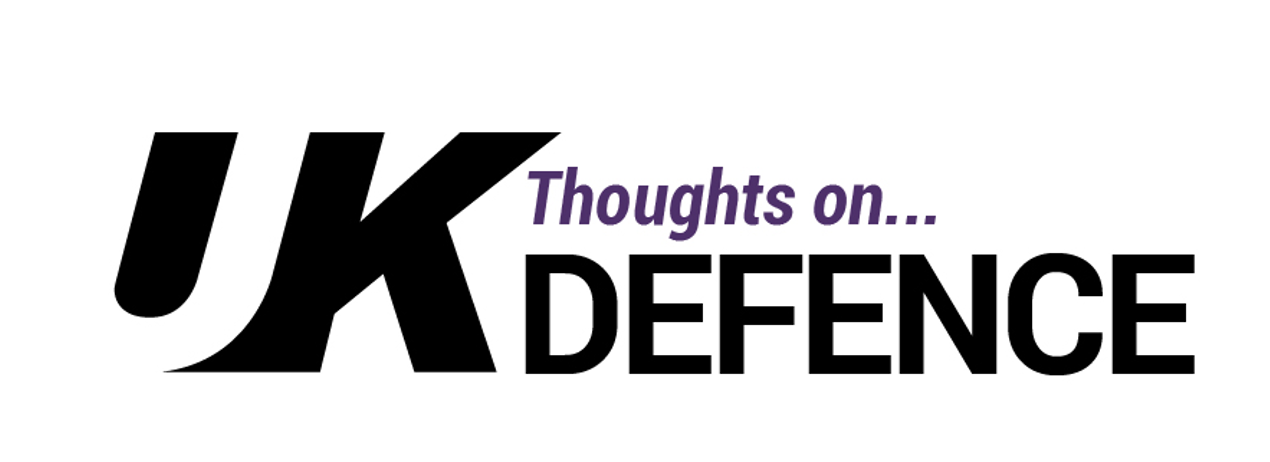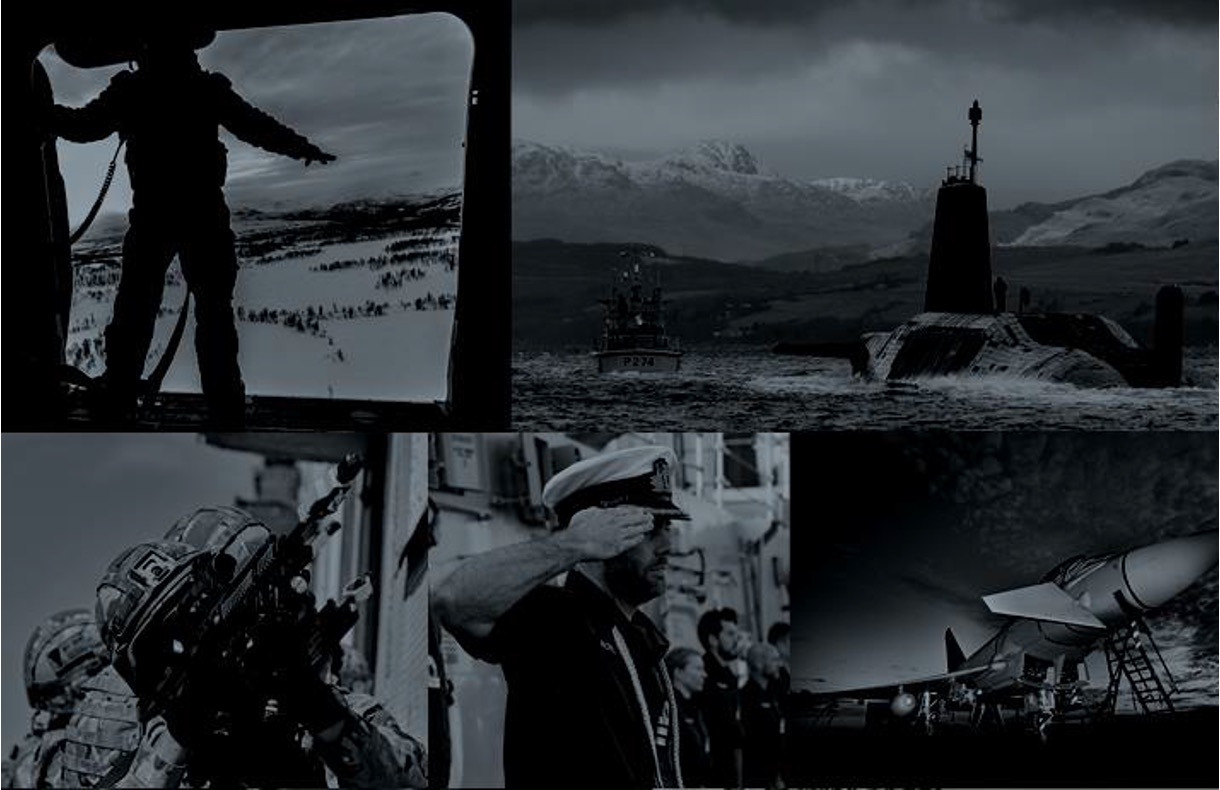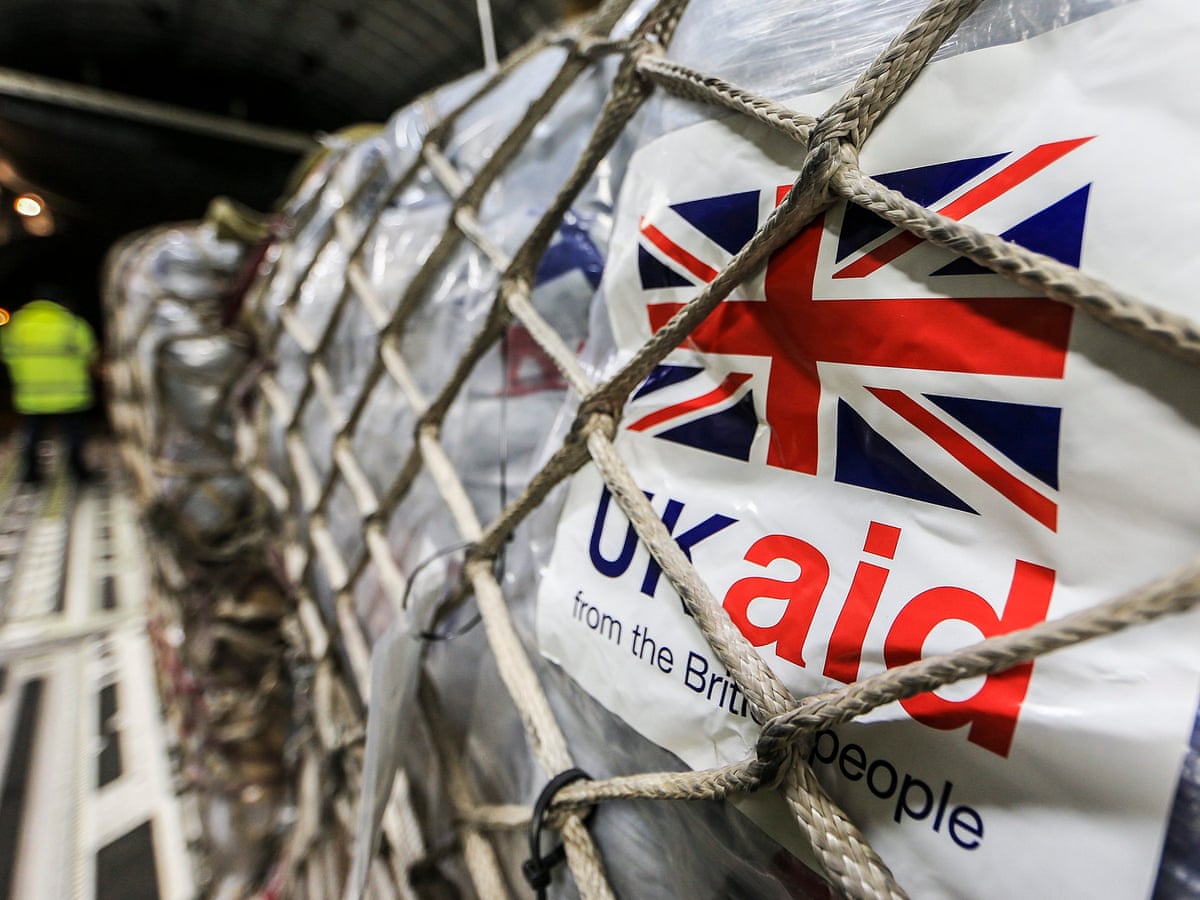On the last day in March, Secretary of State for Defence, Ben Wallace finally announced what had become the worst kept secret in NATO. For the first time in its 105-year history, the RAF will be led by a ground branch officer, rather than a pilot. His Majesty has approved the appointment of Air Marshal Sir Richard Knighton, an aerosystems engineer, to be the thirty-first Chief of the Air Staff. Knighton is currently Deputy Commander Capability and People at Air Command and will succeed the current incumbent, Air Chief Marshal Sir Mike Wigston, in June.
Air Marshal Sir Richard Knighton
Air Marshal Knighton joined the RAF in 1988 as a university cadet and studied engineering at Clare College Cambridge. He spent his early career in frontline roles working on Nimrod Maritime Patrol Aircraft, Tornado and in several roles within the Harrier force. In 2009, he became station commander at Royal Air Force Wittering. Since then, his appointments have been predominantly capability focused in Whitehall, although he also served as the Assistant Chief of the Air Staff from 2015 to 2017.
Deborah Haynes, security and defence editor at Sky News, broke the news of Knighton’s appointment two days before the official announcement. In her article, Haynes wrote that ‘A number of former RAF officers questioned whether Air Marshal Knighton was the right person for the job at a time of war in Europe given his limited operational experience’. She also quoted a former senior commander who said that it was ‘extraordinary’ that someone who had not fought in Afghanistan or Iraq would be appointed head of the air force.
But is it?
Previous Chiefs of the Air Staff
The previous thirty Chiefs of the Air Staff were all pilots. Until the 1950s, they had all been former army officers who had served in the Royal Flying Corps during the First World War and joined the RAF on its formation in 1918. In 1953, a former Royal Naval Air Service pilot, Sir William Dixon, became the tenth Chief of the Air Staff. He was succeeded three years later by Sir Dermot Boyle, the first chief to have been commissioned into the Royal Air Force. Since then, the role has been filled by, among others, a Battle of Britain fighter pilot, a Catalina flying boat pilot, two Falklands War veterans, and a Gulf War Tornado pilot. While not all previous chiefs have served on operations, they’ve all had considerable experience of command in the air.
Duties of the Chief of the Air Staff
The MoD’s current operating model is based on the 2011 Defence Reforms recommended by Lord Levene. In it, the First Sea Lord, Chief of the General Staff, and Chief of the Air Staff have responsibility, authority, and accountability for the development and generation of the Royal Navy, British Army, and RAF respectively, to ensure they can deliver defence outputs now and in the future. The service chiefs are the professional head of their service, accountable to the Secretary of State for Defence for its fighting effectiveness, efficiency, and morale.
Of all these duties, the only one that could arguably depend on time in a cockpit is the maintenance of fighting effectiveness. The men and women that operate the RAF’s fleet of crewed and uncrewed aircraft might reasonably question whether an aerosystems engineer truly understands the demands of their profession. In response, I would direct the reader to the RUSI 2019 Lord Trenchard Memorial Lecture, or, more recently, last month’s RUSI Combat Air Conference. Both provide clear evidence that a ground branch officer can possess a deep knowledge of air and space power and the roles demanded by both in operations of the future.
Command on Operations
As Chief of the Air Staff, Air Marshal Knighton will not be expected to command on operations. In a unilateral operation, or where the UK acts as a framework nation (for example an operation involving militaries from the Joint Expeditionary Force), the Chief of Joint Operations in the Permanent Joint Headquarters would exercise operational command of RAF assets. Tactical command would, in all probability, be held by an RAF officer, but at a level much lower than the service chief. In a conflict in Europe, following the invocation of Article 5 of the North Atlantic Treaty, assigned RAF assets would come under the NATO operational command structure. Also, even with a pilot as Chief of the Air Staff, it’s the three-star Deputy Commander Operations at HQ Air Command that is recognised as the RAF’s ‘senior warfighter’.
Conclusion
The position of the Chief of the Air Staff is a strategic one. It’s about maintaining the professional standards, ethos, and reputation of the service and, equally importantly, the welfare of its people. It’s about ensuring the RAF acquires and maintains the best possible balance of air and space capability so its future force structure can meet the tasks demanded of it by the government of the day.
Today, the RAF is nearing the end of an extensive recapitalisation programme, which has delivered a modern, if smaller, inventory across all air power roles. Numbers will rise little over the next ten years; therefore, if the RAF is to evolve to meet future threats while continuing to conduct operations to protect our security and support allies and partners, the next Chief of the Air Staff must find ways to make it more efficient and more effective. Getting the best out of people and technology will be key to achieving both. Ultimately, the selection of the Chief of the Air Staff should be based on qualifications, experience, and ability to perform the duties of the position effectively. Whether they are a pilot should not be a critical factor.







1 comments On Should the Chief of the Air Staff always be a pilot?
Well said!